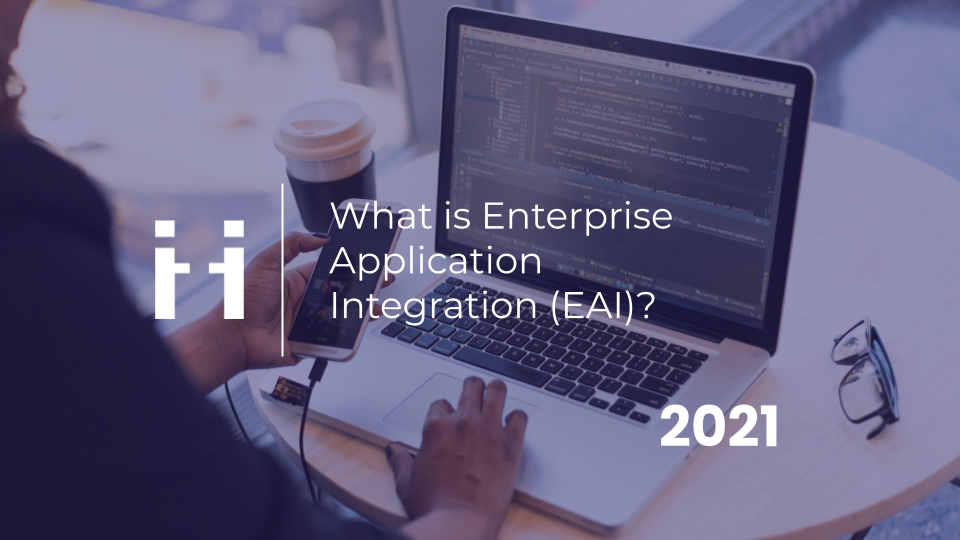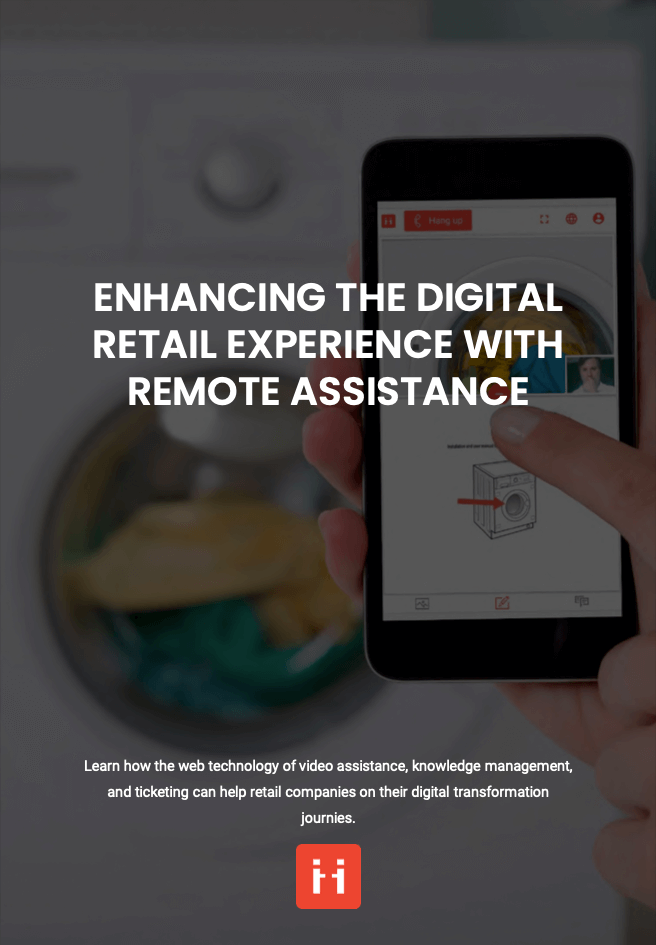
Share this article
Share this article
Using multiple applications or software in the day-to-day operations of companies has become widely practiced, no matter the size of the business and its workforce. Though common practice, storing data and performing various operations across different platforms can very often get confusing and overwhelming to those who need to navigate them every day. Switching to enterprise application integration (EAI) is therefore recommended, to facilitate navigation and communication between all the applications used by an enterprise.
EAI is a set of technologies that implementing can help establish a common framework for all the data stored by a business and let it flow freely between applications without changing its configuration along the way. Read on to find out what are the advantages of implementing enterprise application integration, how to develop the best EAI strategy, and which integration solutions are best for your particular business goals.
Whether you run a start-up, a small local business, or a multinational enterprise, your company probably uses numerous business operations and operating systems each day. No single organization relies on only one software – in fact, it has been found that those large enterprise organizations (with more than 50,000 employees) use 788 custom applications daily on average, whereas the smallest companies (1 to 1,000 employees) manage as many as 22 applications every single day. Using enterprise application integration and its IT-enabled systems to optimize business applications is therefore essential.
EAI systems standardize and centralize the entire infrastructure of a business by connecting all applications used to a common system, which provides integration functionalities to a company’s entire network. Since enterprise application integration allows enterprises to integrate everything within their service-oriented architecture, from software applications to hardware systems, small, medium, and large companies can use its different data integration methods to facilitate their business processes. Such integration can be exercised in a variety of different ways and methods, including B2B integration, system integration, and cloud computing integration – and EAI software can tie them all together, for an enterprise to function in a simple and seamless manner.
There are many prominent, long-lasting benefits your business could gain from using enterprise application integration. For example, EAI systems…
An efficient and well-structured enterprise application integration software solution enables full access to all the different data formats, information, documents, and past operation records gathered in all the business applications used. The overall vision of all past and ongoing operations improves information management, making it possible to have full visibility on what occurs in the company, therefore having control over the company. EAI platforms improve business processes, enhance the transparency of data flow, and enrich your company’s corporate knowledge base.
By integrating data from across all business applications used in real-time, you can ensure that your databases are freshly updated and synchronized at all times. This makes any data you need accessible and available throughout the entire organization at any point in time. You’ll find that communication gaps will be eliminated, the process of data transformation will improve, critical business processes will be optimized, and you will overall hold better control over what is going on in your organization.
EAI is a great, vital solution in times when most businesses run their operations internationally, and the remote and hybrid workflow models have become normality for many companies out there. Since all employees have access to the data and software used within a company, the different departments within the enterprise become naturally linked and the exchange of information and data can become much more seamless and rapid. In addition, this also prevents duplication of information, reduces miscommunication, all the while increasing overall efficacy.
Instead of having to learn many different system interfaces for the different applications used during a single working day, enterprise application integration allows the business workforce to familiarize itself with only one software that does the job for the employees, connecting them seamlessly with all the existing applications, databases, and tools they need. The employees, therefore, feel more confident and comfortable with the system they use and can put more effort into improving their productivity, engagement, and strengthening their performance, rather than worrying about remembering the different interface protocols. Meanwhile, administrative processes can run much more smoothly and are much more resilient to any change that might occur. What’s more, using EAI also allows senior executives and managers to focus on tasks that are far more important for the further growth and development of the organization.
There is no one standardized method for a successful enterprise application integration implementation, rather a few different models that help you establish the right communication and cooperation between your enterprise, its applications and data. It is important to keep in mind which applications and software are key for running an effective enterprise application integration – Supply Chain Management (SCM), Customer Relationship Management (CRM), Human Resources, Business Intelligence, Marketing Communications, and Accounting software, to name a few.
Depending on the organizations’ structure, what apps they use, and what goals they have, different software integration methods and models can apply. The most commonly-used EAI methods can be distinguished as:
There are many different enterprise application integration technologies and categories of data integration out there. Depending on your company’s areas of expertise, its needs and priorities, as well as the operating systems used, you will want to look for implementing specific EAI tools. Some of the most used and recommended enterprise application integration systems out there are IMB for hardware and software integration of both back-end and external systems, Oracle Fusion Middleware for monitoring and developing internal processes, UiPath (previously known as Cloud Elements) for integrating cloud-based infrastructures and connecting applications within the cloud-computing framework, as well as the ViiBE integration into Zendesk for an effective hub of CRM functionalities.
Adolescebat autem obstinatum propositum erga haec et similia multa scrutanda, stimulos admovente regina, quae abrupte mariti fortunas trudebat in exitium praeceps, cum eum potius lenitate feminea ad veritatis humanitatisque viam reducere utilia suadendo deberet, ut in Gordianorum actibus factitasse Maximini truculenti illius imperatoris rettulimus coniugem.

Free E-book available now!